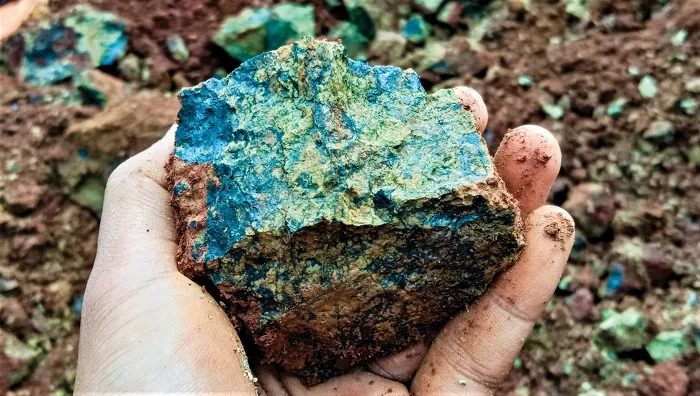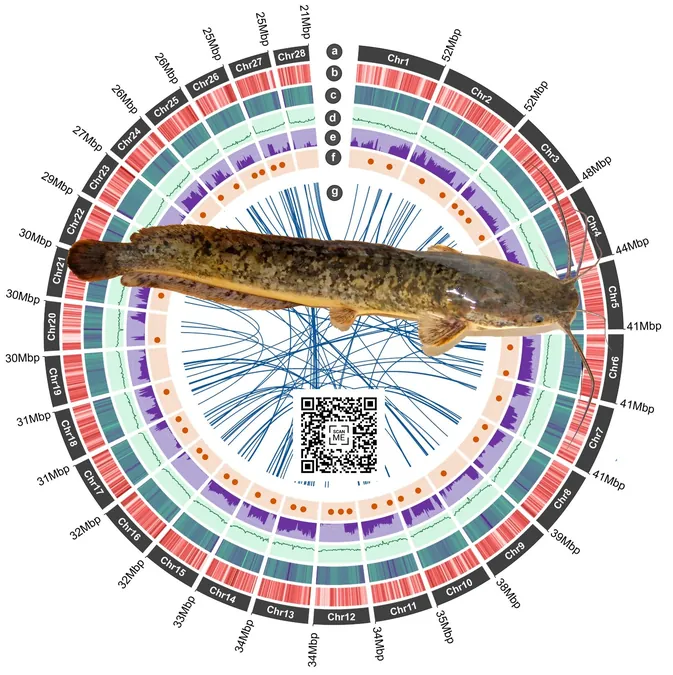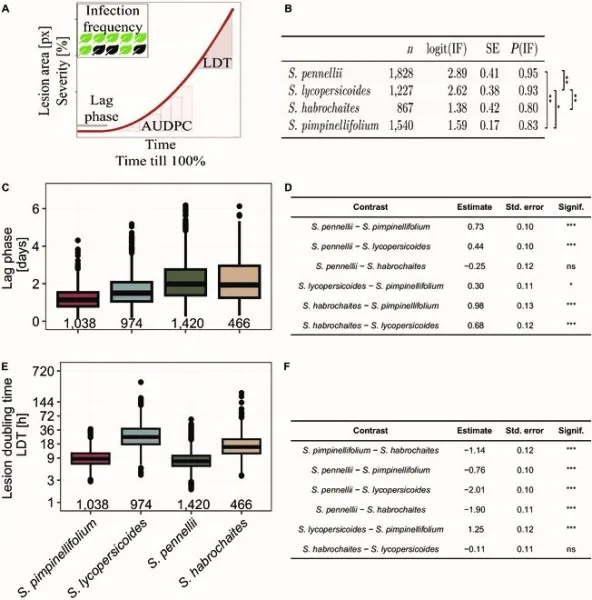
Carbon Capture by Rocks: Are We Unwittingly Fueling Methane Emissions?
2024-11-27
Author: Ming
Trapping carbon dioxide (CO2) in rocks.
Trapping carbon dioxide (CO2) in rocks has long been praised as a cost-effective solution in the fight against climate change. However, a groundbreaking study suggests that the very rock types considered for CO2 capture might inadvertently foster the growth of microbes that produce methane, a greenhouse gas over 25 times more potent than CO2. This revelation raises serious questions about the overall effectiveness of mineral carbon capture strategies.
Critical Oversight in Previous Studies
Qiang Zeng, a contributing author of the research, highlights a critical oversight in previous studies: while they have examined how rock weathering contributes to carbon capture, they have largely ignored the production of additional greenhouse gases that may arise during this process. Methane is primarily generated by soil archaea known as methanogens, which thrive in environments lacking essential trace metals.
The Role of Trace Metals in Rock Weathering
Interestingly, rocks such as basalt and peridotite contain trace amounts of cobalt and nickel—metals that are often in short supply in natural soils. As these rocks weather and release these metals, they might create a fertile environment for methanogens, which could lead to a surprising increase in methane emissions, undermining the intended benefits of CO2 sequestration.
Laboratory Experiments and Findings
In laboratory experiments, Zeng and his colleagues cultured the model methanogen Methanosarcina acetivorans C2A in the presence of dust from basalt or peridotite, alongside various metal ions. The results were striking: the methanogens thrived at rates comparable to those cultivated with a nutrient-rich solution of cobalt and nickel, producing significant amounts of methane. In contrast, experiments utilizing granite—devoid of these metals—showed no such stimulation in microbial growth or methane production.
Natural Environment Variability
However, the implications of these findings may vary significantly in natural environments. According to Maija Raudsepp, a biogeochemist not involved in the study, the presence of various microorganisms in soil can influence nutrient competition and methane dynamics. It's possible that other microbial communities could either outcompete methanogens for metals or even consume the methane produced, complicating the overall picture of greenhouse gas emissions.
The Unanswered Question
The pressing question remains: does the potential surge in methane emissions from rock weathering counteract the benefits gained from CO2 capture? This study does not provide a conclusive answer; instead, it highlights the urgent need for further research to better understand the interactions between microbial life, rock weathering, and greenhouse gas dynamics.
Future Research Directions
In light of these findings, Zeng’s team is already planning more comprehensive experiments that will take into account more complex natural settings and additional greenhouse gases. For instance, the weathering of rocks might also influence the production of nitrogen oxides, another category of greenhouse gases, posing even more questions about our existing climate strategies.
Conclusion
As we brace for increasingly severe climate impacts, these revelations remind us that the solutions we pursue must be meticulously scrutinized—and that unintended consequences can lurk in the most unexpected places. Can we truly navigate the path to a sustainable future without fully understanding the intricate dance of Earth’s ecosystems?




 Brasil (PT)
Brasil (PT)
 Canada (EN)
Canada (EN)
 Chile (ES)
Chile (ES)
 España (ES)
España (ES)
 France (FR)
France (FR)
 Hong Kong (EN)
Hong Kong (EN)
 Italia (IT)
Italia (IT)
 日本 (JA)
日本 (JA)
 Magyarország (HU)
Magyarország (HU)
 Norge (NO)
Norge (NO)
 Polska (PL)
Polska (PL)
 Schweiz (DE)
Schweiz (DE)
 Singapore (EN)
Singapore (EN)
 Sverige (SV)
Sverige (SV)
 Suomi (FI)
Suomi (FI)
 Türkiye (TR)
Türkiye (TR)